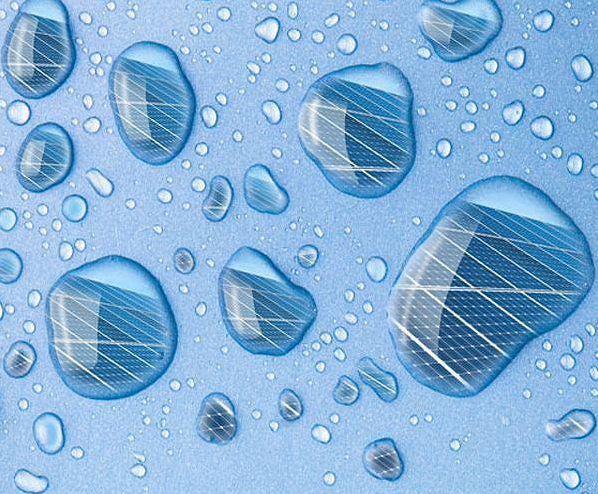Solar Innovation in Hong Kong: Bio-Inspired Design Boosts Perovskite Cell Durability
- Energy Box

- Jul 28
- 2 min read

Researchers at the Hong Kong University of Science and Technology (HKUST) have developed a multiscale bio-inspired design approach to enhance the long-term stability and environmental durability of perovskite solar cells. Working with partners in the United States and Switzerland, the team drew from nature to overcome key challenges that limit commercialization, such as weak interfacial adhesion, low mechanical strength, and vulnerability to moisture, UV radiation, and heat.
Led by Associate Professor Zhou Yuanyuan of HKUST’s Department of Chemical and Biological Engineering, the researchers applied concepts inspired by plant leaves and insect exoskeletons to improve performance. Their method works across multiple levels—molecular, microscale, and device—to control crystal formation, reinforce internal structure, and manage light and heat more effectively using nature-inspired surface textures.
Prof. Zhou noted that nature offers valuable models for building solar materials that can survive real-world conditions. Her team’s earlier breakthroughs include a chiral interface using R-/S-methylbenzylammonium, mimicking biological springs to increase durability (published in Science), and a laminated interface structure inspired by membranes to suppress defects and improve energy alignment (published in Nature Synthesis).
The project prioritizes low-toxicity materials and designs compatible with circular economy principles. Next steps include using bio-derived molecules for better crystal control, integrating self-healing features, and optimizing multi-functional encapsulation for long-term stability and efficiency.
Dr. Duan Tianwei, the study’s first author and a Research Assistant Professor at HKUST, emphasized that the work represents a new way of thinking about solar technology. “It’s not just about new materials,” he said. “By integrating bio-inspired structures, functions, and sustainability, we’re excited to open a new chapter in solar energy.”













Comments